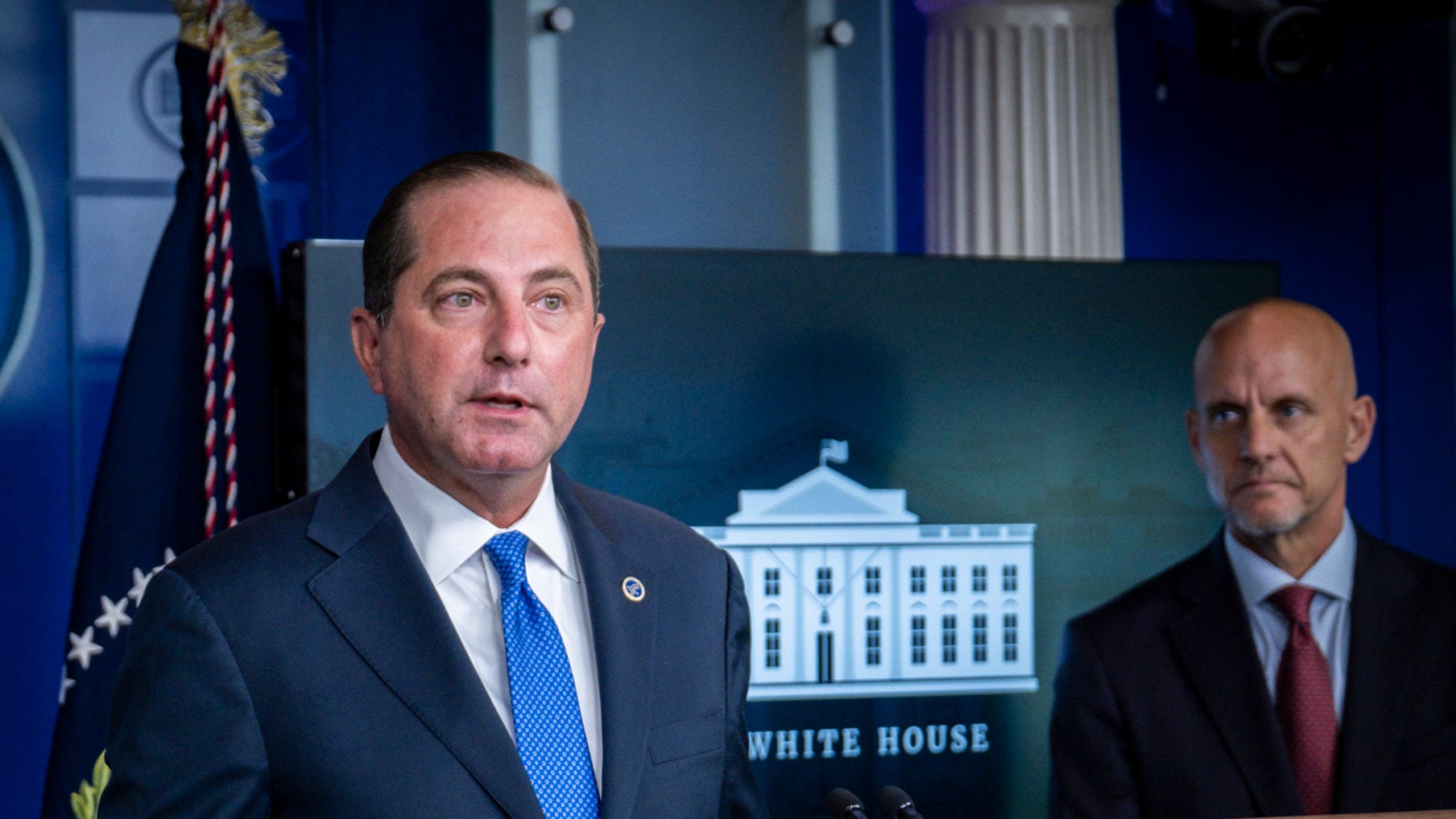
Alex Azar (Photo by Pete Marovich/Getty Images)
HHS seeks to pull Trump-era 'ticking timebomb' rule that would've put 95% of FDA regulations on the chopping block
The HHS is proposing to withdraw a Trump-era final rule that would have sunset thousands of FDA and other public health agency rules based on …
Sign up to read this article for free.
Get free access to a limited number of articles, plus choose newsletters to get straight to your inbox.